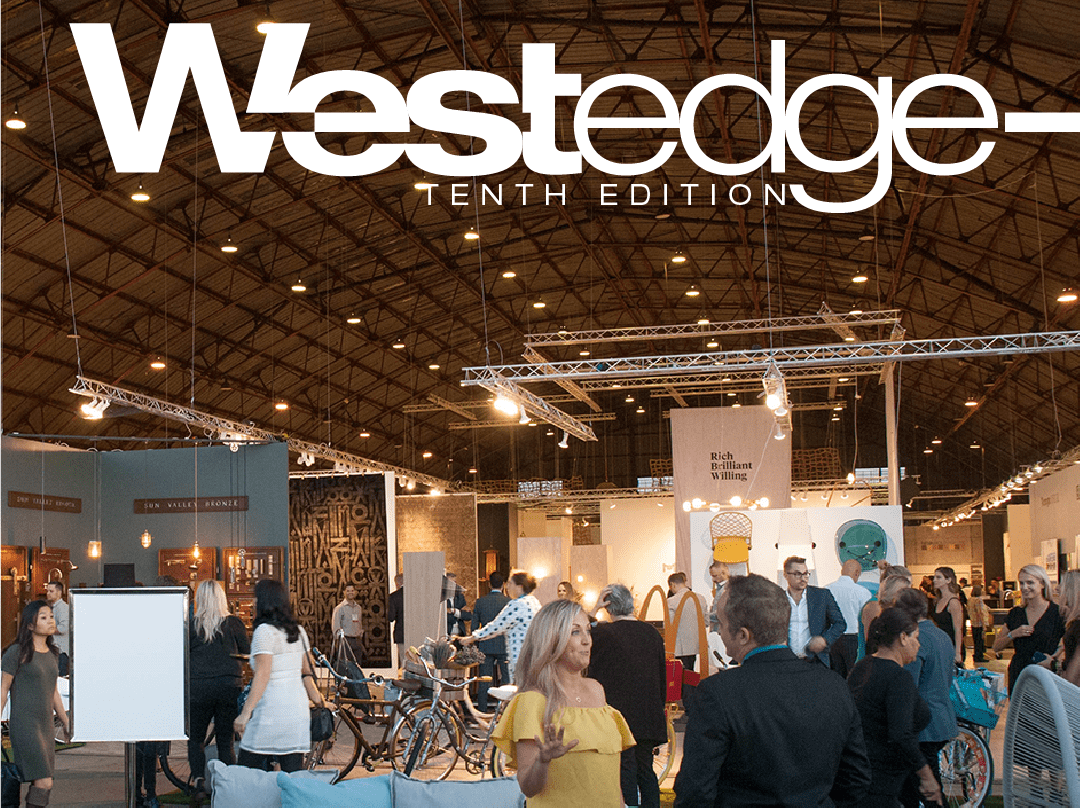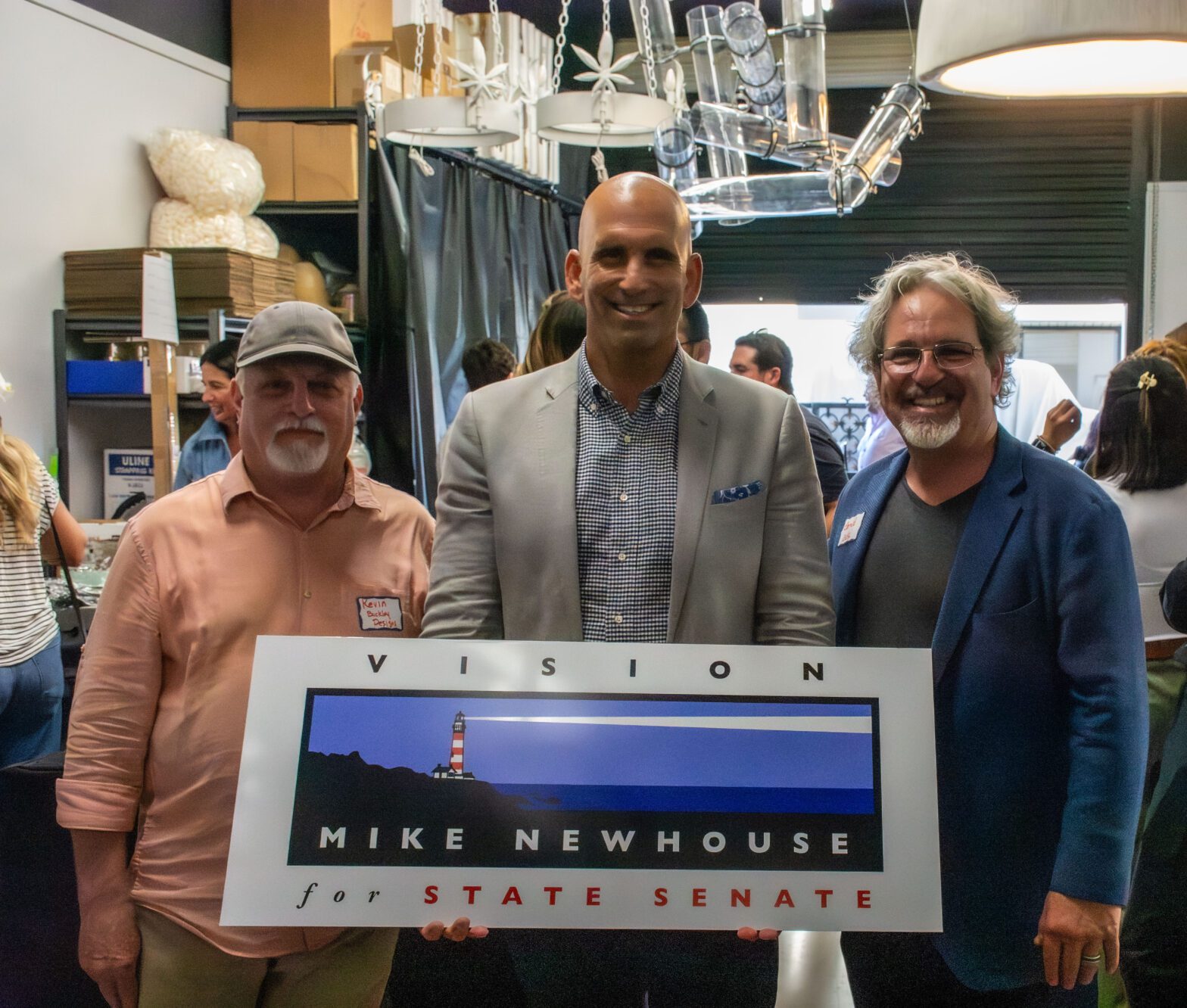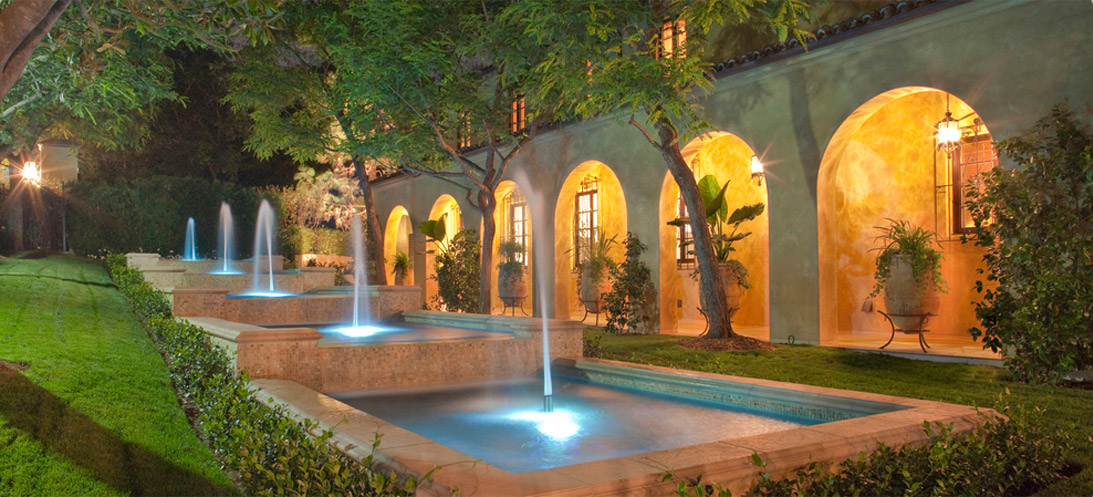
Art Deco architecture undeniably shaped the architectural world, especially during the 20th century, and it’s still popular well into the 21st century. So, how can you spot Art Deco architecture? We’re glad you asked! Before diving into the key features, let’s highlight a few iconic buildings that show this timeless style.
The Chrysler Building in New York City, finished in 1930, is often considered the pinnacle of Art Deco architecture. Designed by William Van Alen, its features include a unique crown, sunburst patterns, eagles, and automotive-inspired motifs that reflect the company’s influence.
The Guardian Building in Detroit is a definite standout in the Art Deco motif. It was completed in 1929, and credit goes to its designer, Wirt C. Rowland. The interior and exterior have bold geometric patterns, telltale signs of Art Deco architecture, as are the Native American-inspired motifs.
The Empire State Building in New York City, designed by Shreve, Lamb, and Harmon, was completed in 1931. This beautiful, sleek, vertical design with a geometric influence epitomizes Art Deco architecture.
Radio City Music Hall in New York City opened in 1932 and actually had two designers: Edward Durell Stone and Donald Deskey, its interior designer. The building’s bold geometric patterns, lavish materials, and magnificent detailing are telltale signs of Art Deco architecture.
Here are some of the telltale signs of Art Deco architecture. If you see any of the following characteristics, chances are you are admiring Art Deco architecture.
- Geometric shapes include zigzags, lightning bolts, and others. These shapes can be part of the overall building, incorporated into the structure, or featured as decorative motifs (repeated design elements or patterns used for ornamentation)
- Symmetry and repetition: All Art Deco architecture has both symmetry and repetitive patterns in the overall layout and its details.
- High-end materials, such as marble, stainless steel, aluminum, and exotic wood, are used.
- Streamlined appearance
- Bold contrasting colors and schemes
- Use of Glass & mirrors
As you can see, Art Deco Architecture continues to turn heads and live on through the legacy buildings left behind.












